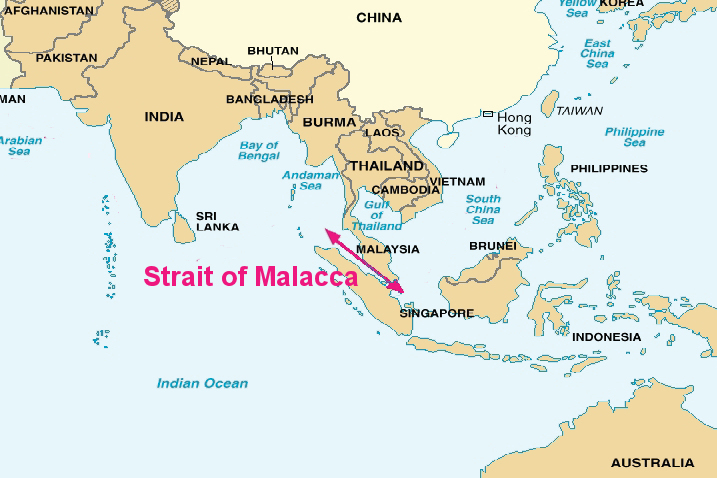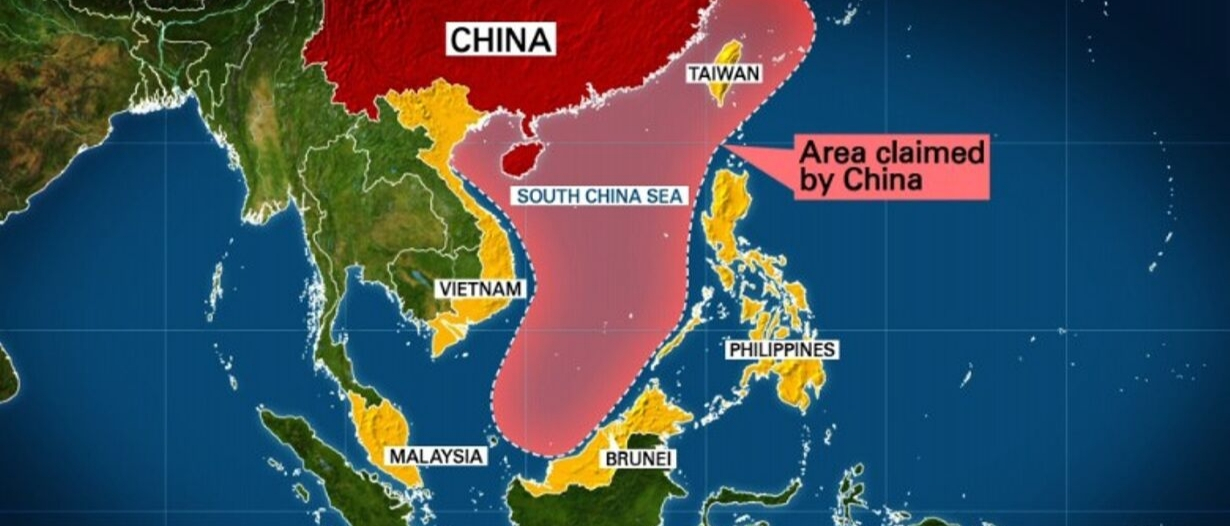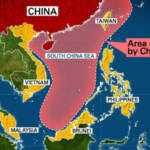The Chinese President Xi Jinping and Filipino President Rodrigo Duterte have met a record number of eight times over the past three years. The subject of the South China Sea has been an increasingly tense regional topic of the past decade.
Why is it of such significance to state leaders and in particular, between Chinese President Xi Jinping and President Rodrigo Duterte?
The South China Sea Conflict
The South China Sea has been the subject of a territorial dispute between China, the Philippines, Taiwan, Malaysia, and Brunei. Sources state that this conflict has remained unsolved since the 1990s. The Philippines, Vietnam, China, Brunei, Taiwan, and Malaysia hold different territorial claims over the sea-based on each of their history and geography. China has claimed sovereignty over more than 80% of the South China Sea, whilst the Philippines dictates ownership over the Spratly archipelago and the Scarborough Shoal.
The territories owner is heavily contested as it is of high economic and commercial value. As one of the world’s busiest waterways, the South China Sea is a key commercial and financial artery for the neighbouring states. The territory allows one-third of global shipping, worth $3.37 trillion of international trade, to pass through it and the seabed itself is rich with natural resources such as natural gas and oil. It is estimated that the area contains at least 11 billion barrels of oil and 190 trillion cubic feet of natural gas.

Along with this, 80% of China’s oil imports arrive via the Strait of Malacca, sailing across the South China Sea to reach China. The South China Sea also accounts for 10% of the world’s fisheries, making it a vital source of food for millions of people.
The South China Sea is a significant economic asset, providing billions of dollars’ worth in trade and finance for China and nearby states. The conflict is understood to be a conflict of ownership between such states, each one wants the South China Sea to be their territory as to benefit from its high value. As China owns over 80% of the South China Sea, state leaders seek to discuss ownership of the remaining 20% of the territory with the Chinese President Xi Jinping. Filipino President Rodrigo Duterte has demonstrated a significant interest in the South China Sea and can be seen as maintaining an increasingly close relationship with Xi Jinping.
The Duterte Agenda
Elected as President of the Philippines on June 30, 2016, His Excellency Rodrigo Duterte has changed the course of politics within Eastern Asia. Duterte’s political ideologies are often described as right-wing and populist by the international media. Policies of his include his infamous ‘war on drugs’, a relentless crackdown on drug dealers and users. Duterte has previously hinted at taking a stronger stance against China over the dispute of the South China Sea. However, since becoming president of the Philippines, he has emphasized a desire to move further away from the United States and closer towards China and Russia in terms of economic and military partners.
Duterte is entering into his fourth year as president of the Philippines and has yet to visit the United States or any major Western state. However, as of September 2019, Duterte has met Xi Jinping in Beijing eight times.
The Philippines is currently the country coordinator for the Associations of Southeast Asian Nations (ASEAN) and China relations. Therefore, it oversees an important code of conduct negotiations in the South China Sea.
The Philippines – China Relationship
The trade relationship between China and the Philippines can be described as positive. The Philippines exports value of $824,85 million with China, as depicted in the figure below. China accounts for 20% of Filipino exports. Furthermore, China imports $1,929,77 million worth in goods and services to the Philippines, equating to 21% of Chinese imports.
Annually, the Philippines exports $99 billion in goods and services2.
These primarily consist of:
- Machines (69%)
- Metals (3.8%)
- Mineral Products (2.9%)
- Vegetable Products (2.7%)
- Textiles (2%)
The Philippines is the 32nd largest importer in the world and imported value of $105 billion in 2017.
The most significant imports are:
- Machines (35%)
- Mineral Products (14%)
- Transportation (11%)
- Metals (7.5%)
- Chemical Products (7.0%)
China and the Philippines historically have maintained a good relationship. The two states have signed multiple major bilateral agreements over the years, such as; Joint Trade Agreement (1975), Investment Promotion and Protection Agreement (1992) and Treaty on Mutual Judicial Agricultural Cooperation (1999). In the years leading up to the start of the South China Sea dispute, relations between China and the Philippines were described as significantly progressing.
The relationship between the Philippines and China has recently altered due to ‘complicated changes in the region and the world’, Xi Jinping stated in a recent meeting with Rodrigo Duterte. The Filipino leader Duterte has come under significant pressure at home to discuss simmering tensions of the South China Sea.
This comes in light of recent events where a Chinese ship sank a Filipino fishing boat in June. Manila, the capital of the Philippines, has consistently complained about repeated unauthorised passages by Chinese warships through its waters this year.
What does the future look like for China – Philippines relations?
Following this, China and the Philippines have formed a steering group on sea resources. Xi Jinping has insisted that the two countries should cooperate and try to agree on a code of conduct for the disputed waters, the South China Sea by 2021 at the latest. Xi Jinping has previously told Duterte: “I am willing to work with you to continue leading the development of the China-Philippines relationship with a strategic and long-term perspective.” The two leaders seek to move forward with their plan for joint exploration of gas and oil in the South China Sea. This plan must be following with both Filipino and Chinese laws, as well as, the United Nations Convention on the Law of the Sea. It is in both of their best interests to uphold a diplomatic agenda along with a willingness to be flexible and pragmatic in solving the territorial dispute that is the South China Sea.
We can learn from this relationship and dispute that a diplomatic approach should always be taken, even if challenges and confrontations arise.




























